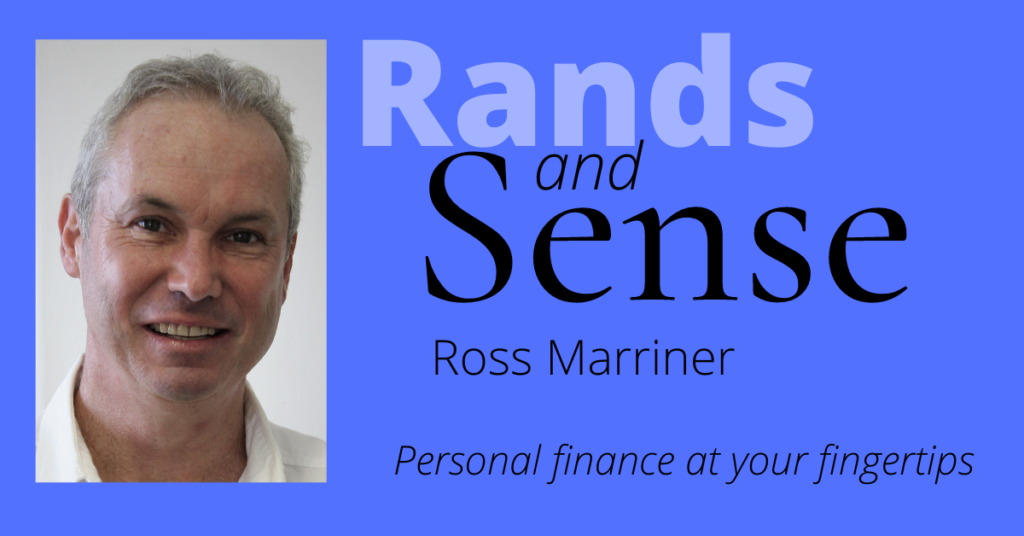By ROSS MARRINER
A few decades ago, having medical aid cover meant that virtually all medical costs were paid by your
medical aid. The expenses included the cost of medication; time spent in the hospital; and consultations with doctors, dentists, and other medical practitioners. Due to the deterioration of the public health sector, most medical aid members now choose to use the services of private hospitals and practitioners. These services are usually considerably more expensive compared to those provided by the state which means that medical aids cannot afford to provide the same level of cover as before.
Most open medical aids cover the majority of expenses incurred during in-hospital stays, but the liability for out-of-hospital expenses is shared between a medical savings account and the member’s own pocket.
Not all in-hospital expenses are automatically covered by a typical medical scheme. This is where Gap
Cover can make a difference. Gap Cover is health insurance cover designed to pay for the ‘gap’ or
medical expense shortfall between the rates charged by private healthcare providers and what is
covered by medical aid for expenses incurred during in-hospital stays.
A Gap Cover plan is not a standalone insurance cover but rather serves as supplementary cover intended to augment your existing medical aid. Medical aid schemes in South Africa currently reimburse doctors and specialists at 100%, 200%, or 300% of the scheme rate, depending on the plan. Although most hospitals usually charge patients at the recommended scheme rate, many medical practitioners such as surgeons and certain specialists are known to charge as much as 500% of the base tariff.
If you have Gap Cover, you protect yourself and your family against this financial disparity, potentially
avoiding significant out-of-pocket medical expenses.
Top-of-the-range Gap Cover products offer in-hospital and specified out-patient benefits of up to 500% of the rate paid by a typical medical aid. In addition, they may cover co-payments related to hospital admissions, certain surgical procedures, and medical scans. Some Gap Cover plans provide additional benefits to cover costs related to the medical treatment of certain cancers, internal prostheses, accidental dentistry, and treatment and care in a casualty ward. Gap Cover plans are not designed to cover a payment shortfall where the treatment or procedure takes place out-of-hospital, such as specialised dentistry.
Many South African medical aid schemes require members to make co-payments if they use hospitals
other than those in the scheme networks. With certain Gap Cover plans, this mandatory co-payment is
covered up to a certain amount per family per year.
As with conventional medical aid plans, Gap Cover plans have a waiting period and many impose certain exclusions in the first few months. These usually include a short general waiting period for all benefits, as well as a slightly longer waiting period for pre-existing conditions during which time there is none or limited medical aid cover.
There are a number of Gap Cover plans available in South Africa. An experienced Certified Financial
Planner® will be able to assist you to identify a plan that best suits your needs.
‘Rands and Sense’ is a monthly column, written by Ross Marriner, a CERTIFIED FINANCIAL PLANNER® with PSG Wealth. His Financial Planning Office number is 046 622 2891.


